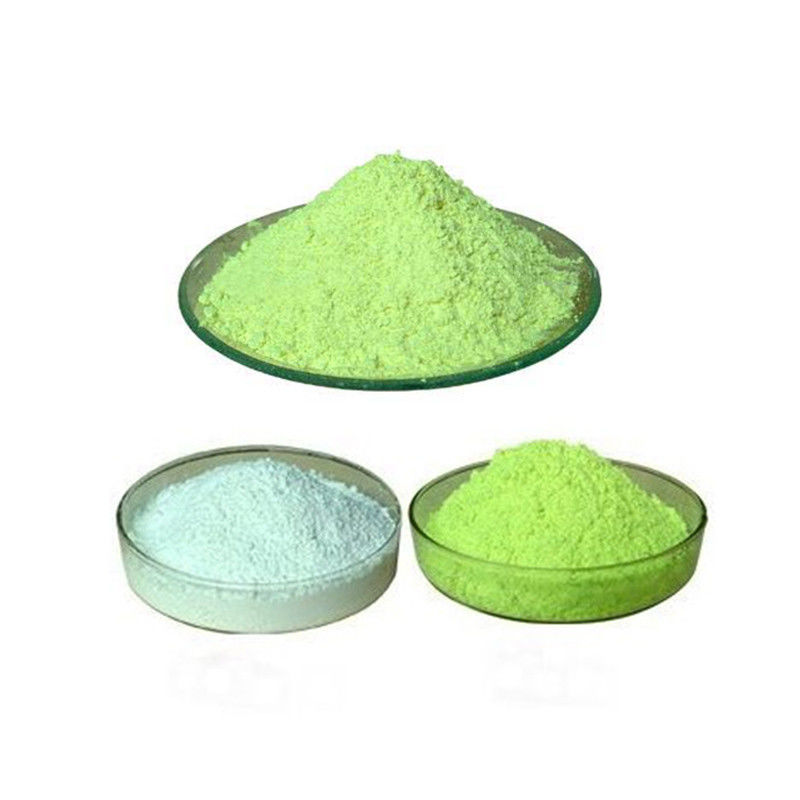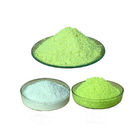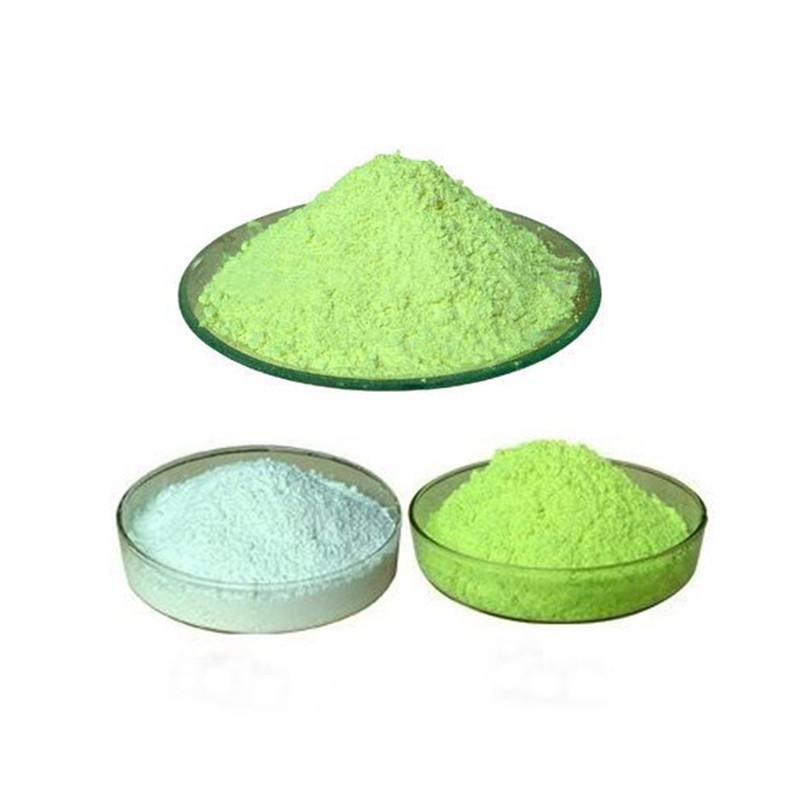Brightner OB-1 Greenish Powder for PVC for Styrenic and Acrylic Polymers Cas No.1533-45-5
Product Features:
Recommended loading concentrations for OB-1 range between 50 and 1000 ppm(0.005-0.1%). The product can be used alone or in a variety of blends and combinations with other additives, including antioxidants, processing stabilizers, and light stabilizers. Higher load levels of Syntex OB-1 are required if it is used in combination with a UV absorber. The exact formulation to be used is dependent on the substrate, performance requirements, and other factors, and should be determined by the user based on testing to simulate actual conditions of use. Due to the high melting point of the product (359℃), care must be taken to ensure complete dispersion when Syntex OB-1 is used in polymers processed at lower temperatures such as styrenics and acrylics.
Product Specifications:
| Items |
|
| Appearance |
Yellowish/greenish powder |
| Purity% |
99.0% min |
| Melting Point ℃ |
357~359℃ |
| Ash% |
0.20%max |
| Loss of drying % |
0.20%max |
| Transmittance |
95%min.@450nm |
| |
98%min.@500nm |
| Solubility(20℃) |
<0.01% W/W |
Applications:
OB-1 is recommended to increase the whiteness of polyester and polyamide (nylon) fibers as well as in high temperature engineering plastics, including polycarbonates, polyesters, and polyamides (nylon). It is also suitable for use in styrenic and acrylic polymers.
Packing and Storage:
25kg/Drum
In accordant with good industrial practice, handle with care and prevent contamination of the environment. Avoid dust formation and ignition source.
FAQ:
What is optical brightening?
Optical brighteners, optical brightening agents (OBAs), fluorescent brightening agents (FBAs), or fluorescent whitening agents (FWAs), are chemical compounds that absorb light in the ultraviolet and violet region (usually 340-370 nm) of the electromagnetic spectrum, and re-emit light in the blue region (typically 420- ...
How do you remove an optical brightener from clothing?
SO HOW DO I REMOVE THE OPTICAL BRIGHTENERS?
- Wash your camo in SPORT-WASH laundry detergent. ( Get it here) ...
- Apply the UV Killer per the directions. This should be done outside. ( ...
- Use a UV light to make sure you don't miss any areas – (Get one here)
Do optical brighteners fade clothes?
Do Optical Brighteners Fade Clothes? OBAs (optical brightening agents) are added to most of the American laundry detergents today, to make whites appear whiter, but the reality is that they can also cause colors to fade, especially dark colored clothes.
Are optical brighteners safe?
For optical brighteners, the program encourages manufacturers to use those that pose "low toxicity to humans and the environment both as parent chemicals and degradation byproducts." Optical brighteners aren't readily biodegradable and may bioaccumulate, so they pose a potential hazard to aquatic life.
Does Purex have optical brighteners?
Some detergents containing optical brighteners include All liquid, Arm & Hammer liquid, Dreft, Gain, Purex, and Tide. contain optical brightening agents. A few of the popular detergents that do not contain these chemicals are All powder, Allens Naturally, Cheer (all versions), Seventh Generation, and Woolite.


 Your message must be between 20-3,000 characters!
Your message must be between 20-3,000 characters! Please check your E-mail!
Please check your E-mail!  Your message must be between 20-3,000 characters!
Your message must be between 20-3,000 characters! Please check your E-mail!
Please check your E-mail! 



